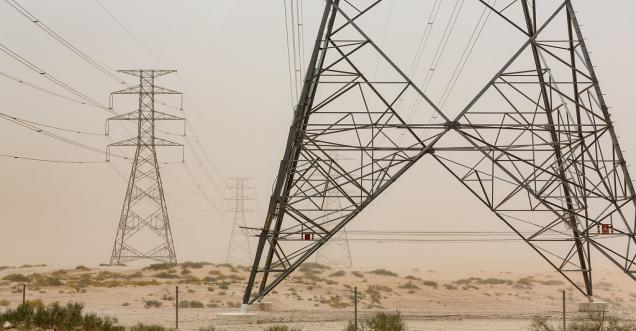
Why is the recent Power Crisis in India? Know here
India, New Delhi. The power crisis has deepened in many states of India, with coal movement affected due to excessive rainfall in many areas of the country. With imported coal prices reaching record levels, imported coal-fired power plants are producing less than half of their capacity. For these two reasons, the power generation sector is under double pressure.
Though the country has recorded a record production of coal this year, the excessive rainfall has significantly affected the movement of fuel from coal mines to power generation units. It has had a profound impact on power generation in many states including Gujarat, Punjab, Rajasthan, Delhi and Tamil Nadu. Power supply has also been affected in Punjab, Rajasthan, Tamil Nadu, Jharkhand, Bihar and Andhra Pradesh due to the coal crisis.
While power producers and distributors have warned of power cuts, claiming that only two days of coal are left, the Coal Ministry says that there is enough coal stock in the country and the goods are being replenished continuously. In addition, power plants that use imported coal to generate electricity have either reduced production or shut down completely due to the jump in prices.
Is India facing a serious power crisis?
Coal supplies to major plants across the country are at critically low levels. This means that like Delhi, other parts of the country may also face power shortages in the coming months. On average, most of the power stations had only 3 to 4 days of coal. This is far below government guidelines that recommend a minimum of 2 weeks' supply. Coal accounts for more than 70 percent of India's electricity generation and nearly three-quarters of fossil fuels are mined domestically.
What are the reasons for the decline in coal stocks?
As per the Central Electricity Authority (CEA) data, 17 of the total power stations had zero quantity stock, while 21 of them had 1 day's stock, 16 had 2 days' coal and 18 of them had He had 3 days coal stock left. Out of the total 135 plants, 107 did not have coal stock for more than 1 week.
Globally, prices of coal and natural gas, which are used in power generation, are rising. With the resumption of economic and industrial activities as the second wave of the COVID-19 pandemic saw a significant jump in electricity demand. This has resulted in a severe shortfall in the supply of coal and liquefied natural gas (LNG).
Not only in India, but other countries are also facing coal crisis. There seems to have been a sudden jump in demand for energy, which has pushed up prices. However, major coal-producing countries have failed to increase supply to meet their demand. In addition, high prices in the global markets have also prevented India from importing coal to meet the demand of the domestic market.
India's Coal Reserves
India is the second-largest producer and consumer of coal in the world after China. It has the fourth-largest coal reserves globally. The total estimated reserves of coal in 2020 were 344.02 billion tonnes, an increase of 17.53 billion tonnes over the same period in 2019. In a percentage point of view, there has been an increase of 5.37 percent in the total estimated coal reserves during the year 2020 as compared to the previous year. The top three states with the highest coal reserves in India are Jharkhand, Odisha and Chhattisgarh, which account for about 70 percent of the country's total coal reserves. Coal ministry data shows that a majority of the total coal is spent on power generation.
Tata Power, which supplies 1850 MW to Gujarat, 475 to Punjab, 380 to Rajasthan, 760 to Maharashtra and 380 MW to Haryana, has stopped generation from its imported coal-fired power plant in Mundra, Gujarat. Adani Power's Mundra unit is also facing a similar problem.
A top coal ministry official said, “There are reserves of about 40 million tonnes in mines and 7.5 million tonnes in power plants. Transport of coal from mines to power plants has been a problem as mines have been flooded due to excessive rains, but now it is being disposed of and the supply of coal to power plants is increasing.”



























